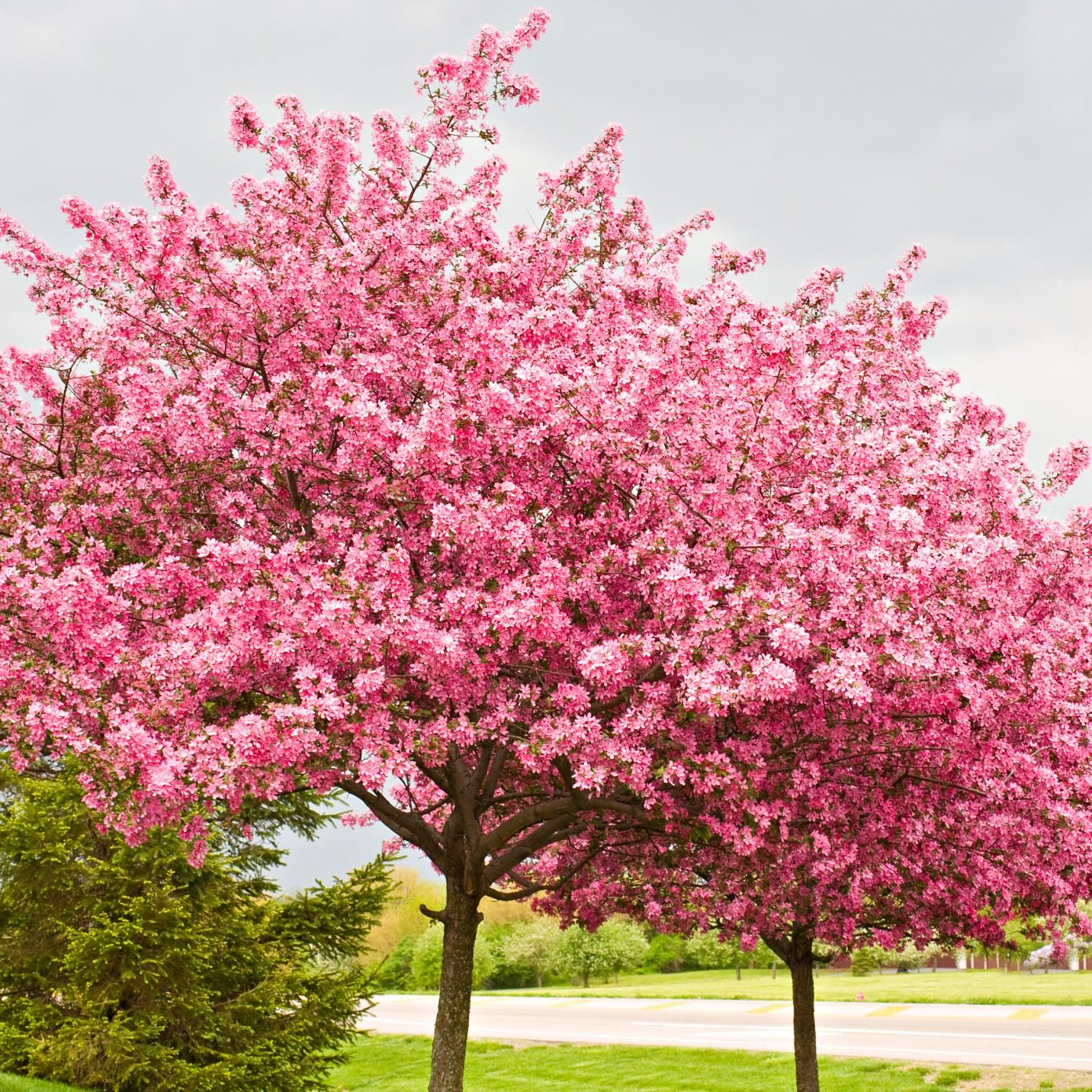LEXINGTON, Ky. (WKYT) – The feeling of Autumn is already in the air…but so is pollen.
Seasonal allergies, otherwise known as “hay fever” has nothing to do with hay nor fever. Symptoms are similar to the common cold including sneezing, itchy throat and runny or stuffy nose.
According to Dr. Rajiv Arora of Family Allergy & Asthma in Lexington, ragweed pollen is the main culprit.
“Basically the pollen is what the plants use to spread and they float in the air,” says Dr. Arora. “They can float for miles and you may not have any ragweed in your yard, but you step outside your door and you’re breathing it in.”
On a national scale, Lexington ranks among one of the worst pollen cities to live in due to the high pollen counts throughout the Bluegrass State.
“Just looking outside the window and it’s green. When it’s green you have plants, and when you have plants they have to pollinate to survive and continue,” says Dr. Arora. “With the moisture and the rainfall we have, the soil that we have, it’s just the perfect environment.”
Symptoms can get better or worse depending on the weather too.
If the weather is warm and breezy, expect more pollen in the air as opposed to a cool, calm day.
Depending on the weather conditions, pollen counts are highest between 10:00 in the morning and 3:00 in the afternoon.
###
By Mike Linden
August 15, 2014
wkyt.com
You may also be interested in . . .
Botanical Sexism: Does it impact allergy sufferers?
What is Botanical Sexism? Tom Ogren, horticulturist and allergy researcher, has done extensive research on ways to reduce pollen counts and pollen…
Has Climate Change Increased Seasonal Allergies?
A recent study suggests that severe seasonal changes may lead to higher levels of outdoor airborne allergens and increased allergy susceptibility.
5 Ways Americans’ Allergies Are Getting Worse
Allergies are going nowhere but up. One in five Americans now suffer from allergies, accounting for 17 million doctors appointments and 30,000 emergency…

